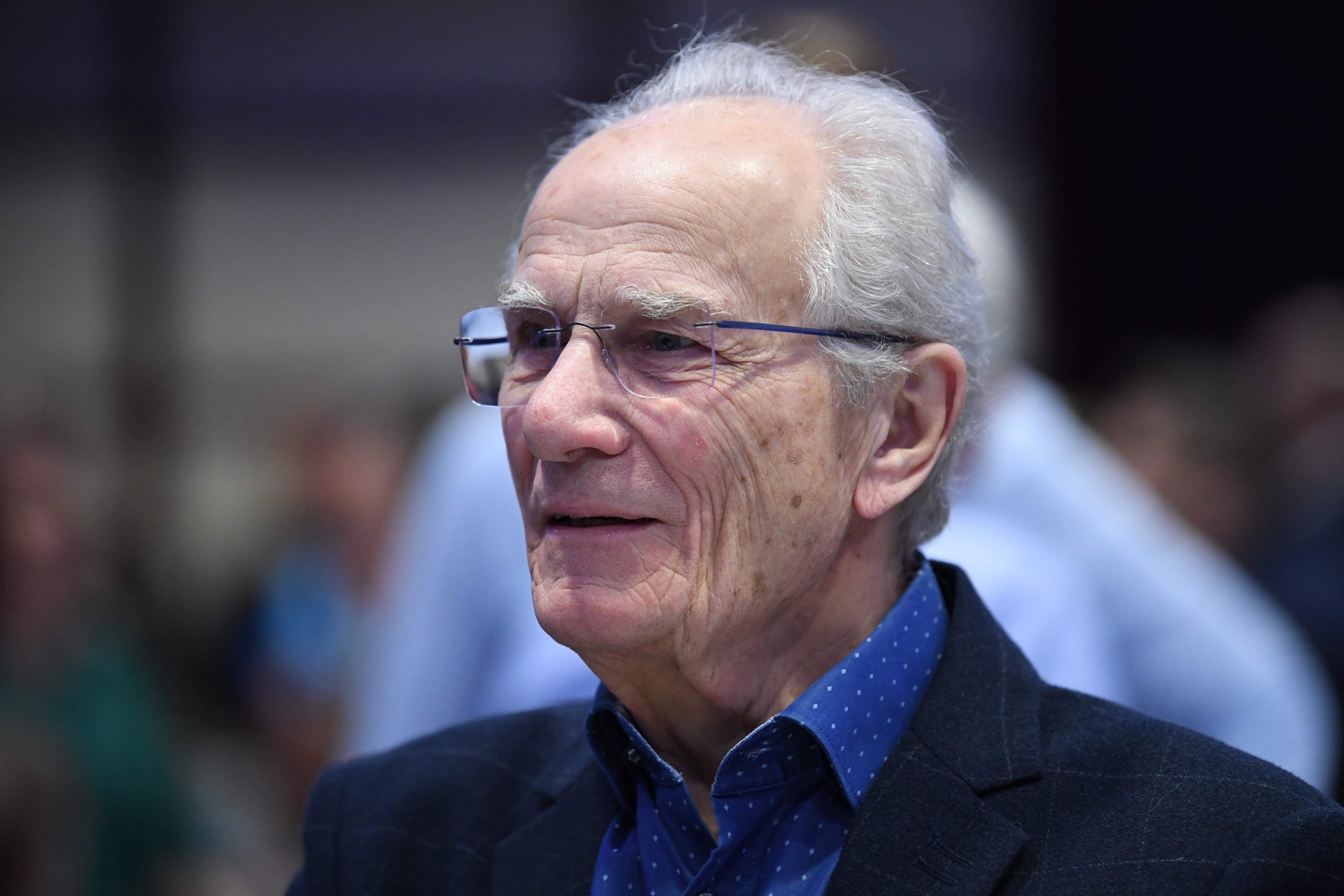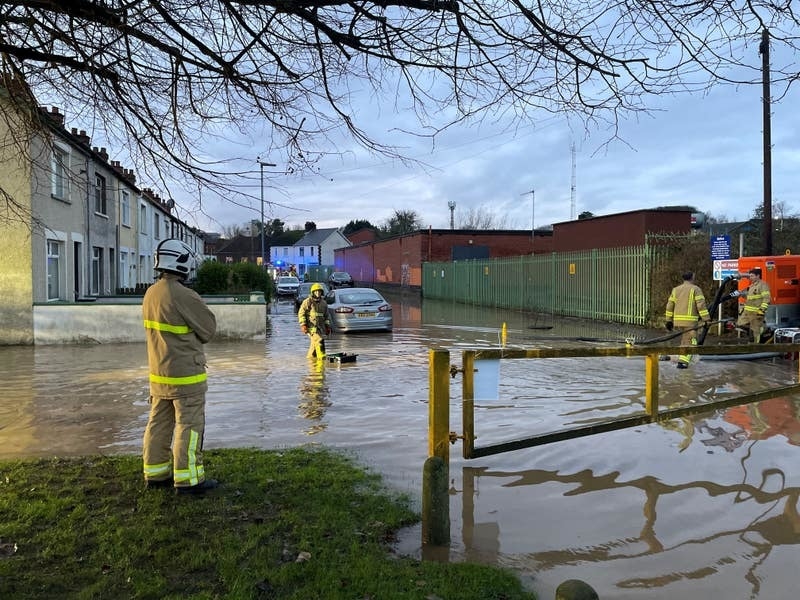By John Henwood
A FREEDOM-of-information request has revealed the shocking extent of growth in what was once a modest, but quite effective, communications unit introduced by States chief executive Bill Ogley. Remember him? He was appointed in 2003 to lead the changes needed for the move to ministerial government and later became chief executive to the Council of Ministers. As part of the plans, in 2005 he appointed a senior and widely respected former journalist to lead the unit, which enlarged to just four full and one part-time posts. Its role was straightforward – keep the public informed about the doings of the States. Even so, its introduction was greeted with suspicion and the suggestion that its work was mostly about spin and creating a barrier between our elected representatives and the local media.
Today that modest, and in my view well intentioned, unit has become the grandly titled Communications Directorate, employing 33 full-time individuals operating within the office of the government’s chief executive. However, that is not the whole story. Apparently that cohort of communicators is not enough to satisfy requirements; there are 15 more individuals doing the same job in various departments, five of them answerable to the director of communications, the other ten presumably reporting to departmental chiefs. One imagines there is considerable duplication of effort.
In all, the taxpayer funds 48 full-time equivalent communications posts at a total cost of £3,651,594; that is an average cost of £76,000 per communicator. Small wonder media organisations are concerned about losing journalists to the government. We have a bizarre situation in which the local media, which provides us with information at no cost to the taxpayer, are being supplanted by a huge central government structure. The original concept of a communications unit may have been an entirely honourable attempt at better informing the public, but it has grown into a monster, something that begins to resemble George Orwell’s Big Brother.
Perhaps I’m making too much of this. Is it possible that we employ all these people to keep us informed with vital information without which we would be adrift in a sea of ignorance? I don’t think so. The media releases from government for much of last year were dropping into my in-box, sometimes several a day, occasionally duplicated even triplicated. Over a couple of months I kept a record of the content; very few were of much significance as these examples show. Quite a few were what journalists call ‘puffery’: “Senior Health leaders praised by minister” and “Waiting list for MRI scans reduced”. There was the stuff covered directly by court reporters from the JEP, two local radio and TV services: “Drugs importation: man sentenced three times” and “Two drugs couriers sentenced”. Then there was the trivial: “Prison Service makes fishing gear recyclable” and “FPC chair recruitment started”. And the completely unnecessary: “Jersey weather update” and “Weather advice for Jersey”. Someone is paid going on for twice the average wage to write and disseminate information that the local weather forecast provides anyway through multiple media outlets.
In fairness, the flow of this sort of stuff has slowed since the appointment of the current, interim government chief executive, but the standing army of communicators is still in place at enormous cost. I’m told by journalists of another negative; it has become ever more difficult to communicate directly with those we elect to represent us. The politicians are advised to refer approaches to the Communications Directorate and this distancing leads to mistrust and misunderstanding and deepens the disconnect between the people and their government.
This is just another example of how the public sector has multiplied. As a wise friend told me: “The Island is over managed and over regulated – a bit like filling the plane with cabin crew instead of passengers.”
Last time I wrote of the way the Education Department spends half its employee budget on non-teaching staff, all 809 of them, and asked, what do they all do? No answer so far. Next, I turned my attention to the Cabinet Office which, it appears, has grown exponentially. Keen to know just how many are employed in it I asked freedom-of-information questions about numbers and cost. By way of an answer, I was told that it had combined three previously separate units, the Office of the Chief Executive, the Chief Operating Office and Strategic Policy Planning and Performance. Well, that had been public knowledge for ages, so not much help, but I got no further because a little known clause, 36.1 (for anyone sufficiently interested) of the Freedom of Information Law states: “Information is qualified exempt information if, at the time when the request for the information is made, the information is being held by a public authority with a view to its being published within 12 weeks of the date of the request.” Two of those weeks have already elapsed, so I’ll be scanning the gov.je website for answers during the first week of July. Regardless of how many it turns out there are and the cost of employing them, we should continue to ask the question “What do they all do?” until someone gets a grip on the brake of what seems to be a runaway train.
On a completely unrelated matter, I wonder whether our government will seek to follow the UK and ban smoking? The proposal of the government in Westminster is that people born in 2009 or later will never be able legally to buy cigarettes. In effect this will mean the legitimate purchase of cigarettes will be grandfathered out. As a believer in freedom of choice and a former smoker I’m ambivalent on the issue, but it will be interesting to see whether our government is prepared to forego the substantial income from duty on cigarettes in exchange for possibly healthier future generations.






